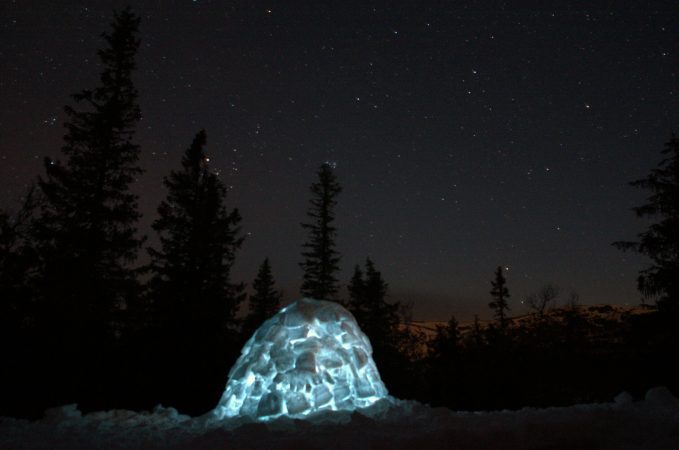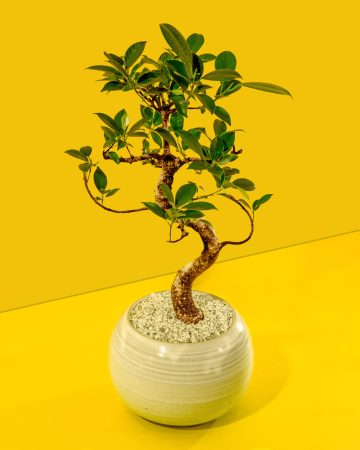

In Rumney, New Hampshire, I got stuck in a cave. The tunnel had narrowed and I was wearing a backpack—an ill-advised accessory when squirming through crannies. Meanwhile, my 7-year-old daughter was zipping ahead, undeterred by small spaces and location names like The Bear’s Den.
“What’s the problem?” she shouted, while I tried to wriggle free from the granite that had me pinned, in a tunnel insultingly named Fat Man’s Misery.
At the Polar Caves, as the property is known, we spent the better part of an hour shimmying between granite boulders and limestone rocks.
“What’s the difference between granite and limestone?” I asked.
“Is this a joke?” my daughter wanted to know.
“No, a geology lesson.”
She ran ahead. But my younger daughter, who had been told the Devil’s Turnpike awaited us, decided to keep pace with her father. So I expounded on how 50,000 years ago, a glacier had bulldozed across the state, depositing granite boulders atop limestone shelves. I made sure to explain how granite is created deep underground and limestone forms underwater.
Although the geological facts ground to a halt as we navigated the next few tunnels, I had a more restrained audience when we got back into the car.
But you don’t have to descend into prehistoric caves or ascend volcanoes to introduce kids to geology.
Our favorite geology activities
The National Park Service has a backyard rock-hunt questionnaire that you can pull up on your phone as you discover rocks near your home. The proposed questions get kids to study rocks closely and, like any good investigator, use their five senses. And nothing says memorable like that time mom or dad said to smell garnet and lick hematite.
Playing rock detective is also heaps of fun. You can purchase a field guide on local rocks and roam the playground for geological finds, stopping to identify the stones underfoot. Or for a no-cost, simplified version, take along page 7 of New York State’s Earth Science Reference Table, available to print online. Although it’s geared for high schoolers, it’s a straightforward sheet that allows you and your children to discuss things like texture, grain size, and composition as you walk around identifying the neighborhood rocks. (And like most pre-teens I know, the list of can’t-wait-to-haves certainly includes a phone, a personal computer, and the Earth Science Reference Table.)
[Related: How minerals make colors]
Another way to elevate one’s detective bona fides is to bring along a magnifying glass. Every rock is instantly cooler under a magnifying glass, especially when you score a stone with crystals.
If you’d prefer a more scientific approach, try this simple experiment the next time you come across limestone: place the rock in a clear glass or plastic bowl and pour white vinegar over it. The vinegar will react with the calcium carbonate in the limestone, breaking down its comprised elements: sand, dirt, and shells. Contrast this by pouring vinegar over a rock that isn’t limestone.
Using the Mohs Hardness Scale as a guide, you can also collect rocks, scratch them with other rocks (or objects like steel nails and carbide-tipped masonry drill bits), and discuss rock hardness. For instance, if Rock 1 leaves a visible groove on Rock 2, then Rock 1 is harder than Rock 2.
And if you’re looking for a stunning visual aid, visit a place where cliff erosion exposes layers of sedimentary rock, like the seashore. You can follow up this trip with an arts and crafts project, dessert session, or Lego activity that allows you and your child to properly model these distinct layers, which is a fun way to keep the discussion going.
No matter which of these activities you choose, what’s most important is that you’re teaching kids about the subtle differences that exist among the things they might have always referred to as rocks. And really, it’s the nuance and complexity that makes everything from rocks to dinner all the more interesting and enjoyable.















